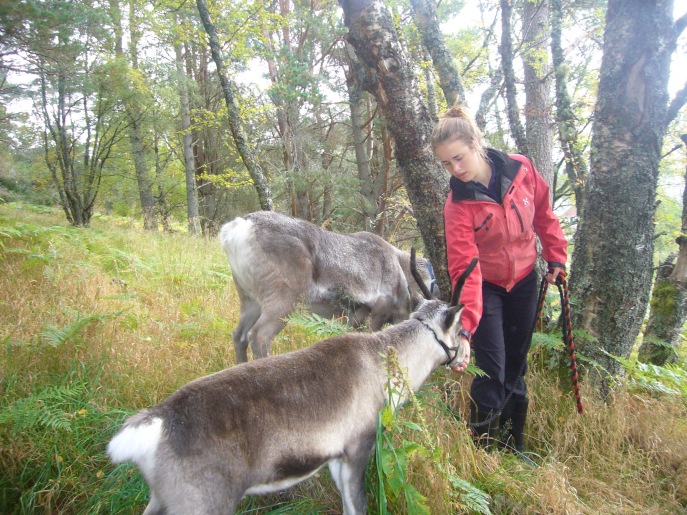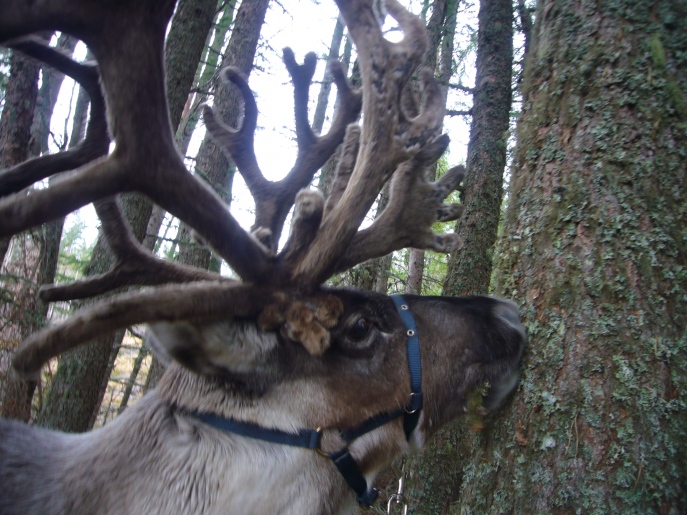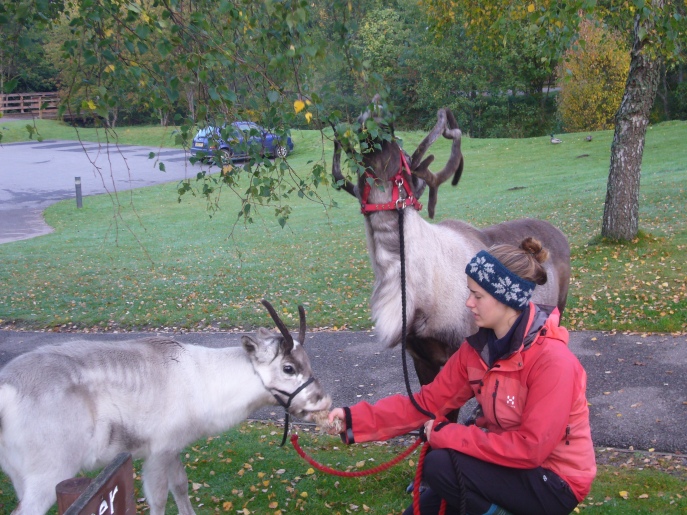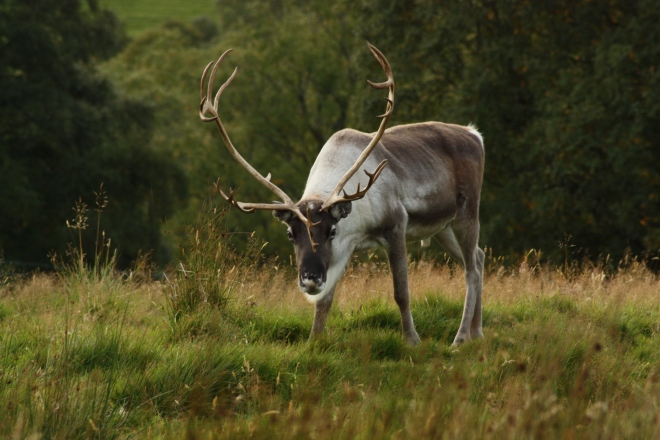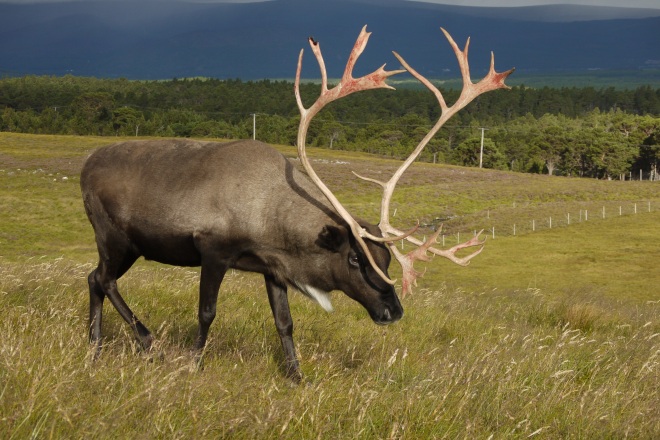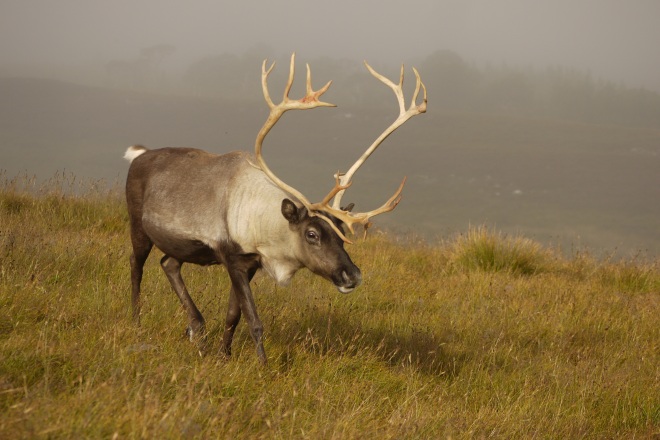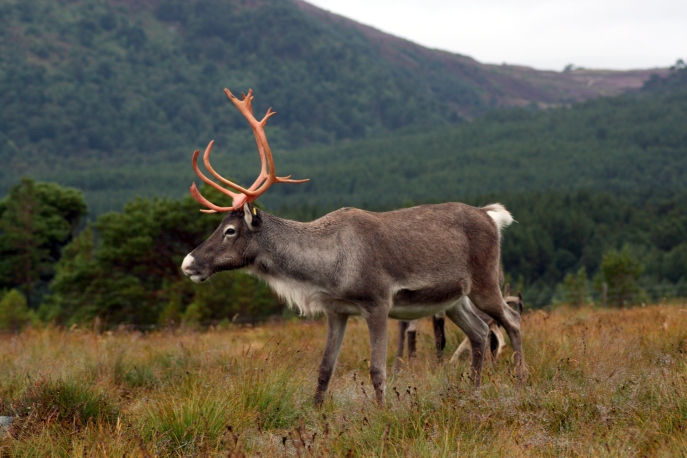Newsletters. The very word strikes alarm into the heart of a reindeer herder. Twice a year, our very outdoorsy, active job becomes a little more office bound for a few days, as we frantically scrabble to prepare, write, and compile about 3000 words into a comprehensible piece of A3, and then mail it out to our supporters of the herd, each of whom ‘adopts’ one of our reindeer. Or more than one, and in the case of one particular adopter (you know who you are…) – six!
We send out the newsletter twice a year, in late June and late October. The June one isn’t usually as fraught as the October one, which coincides with a hectic time of year for us: calf halter training, reindeer sleigh training, the run up to the Christmas tour and the October half term. Over time they have evolved from a single, black and white sheet to a glossy, double-sided and full colour affair. We always include info about each adopter’s particular reindeer in June, but over the years as the support scheme grew, this became too much for us to cope with in October and now we send a photo of the herd instead, with a little info on the back.

There’s no fancy computerised system for us though, we instead trawl through the filed adoption slips for each year of adopters, bit by bit double-checking the info on the form and the printed label is correct, and combining a newsletter with the correct photo or info slip – and then lots of envelope stuffing ensues! When I started working here, years ago, newsletter time seemed to go on for weeks, but now it is a matter of days, usually driven by panic by the amount of other work building up that is on hold. Newsletters come first for a few days! There always seems to be one envelope that floats around the office for a few extra days, with a scribbled post-it on it saying something like ‘can’t find form in folders!’, or ‘why isn’t this on the database!!!!’.

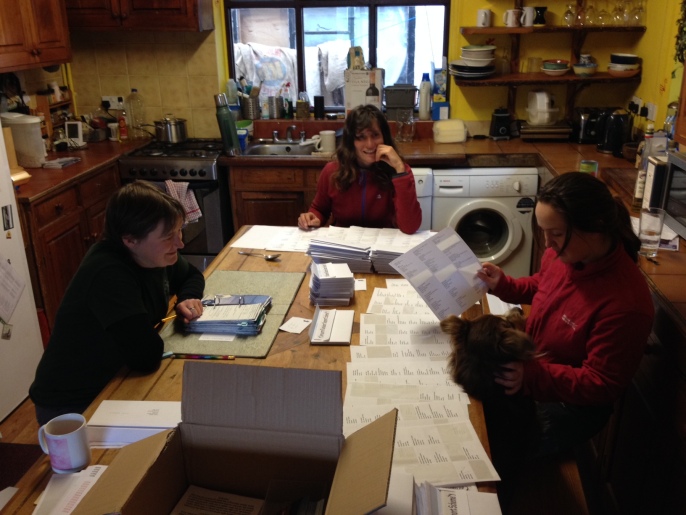

While we do our best to save paper and only send one newsletter to each person who adopts more than one reindeer, there’s no way for adoptions to be easily linked together, so it relies purely on the memory of person working their way through the filed forms, one by one. Many of us recognise most adopters’ names straight away, and the office talk will involve lots of ‘hang on, I think these guys adopt someone else too. Where’s their other form?!’. Often punctuated with ‘bugger, I forgot they adopted so-and-so too. It’s been posted already…’. So if you receive two separate newsletters in the post, bear with us, one day we’ll get it right! (and on that note – if you spot anything wrong with your address, do drop us an email so we can correct it!)
And then, finally, comes the mission of franking all 1000 plus envelopes. A mind numbing job, but quite soothing as the machine beeps away – known to us as ‘the franking song’. The beeping ditty is stuck in the head of the unfortunate herder tasked with this job for the rest of the day.

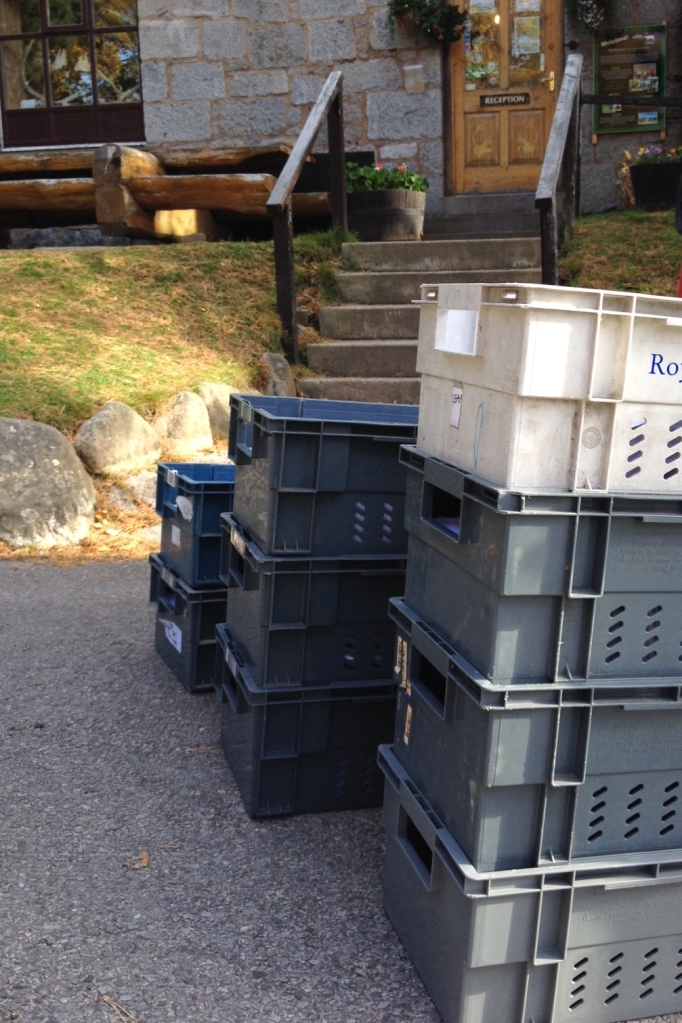
So hopefully by now (or within the next few days at least), you adopters out there should have your shiny new Oct 2015 newsletter in your hands. And if don’t adopt a reindeer, and want to get your paws on one of these hallowed pieces of literature (ha!), then there’s only one way to do so. Now, where’s that adoption form got to???
Hen





